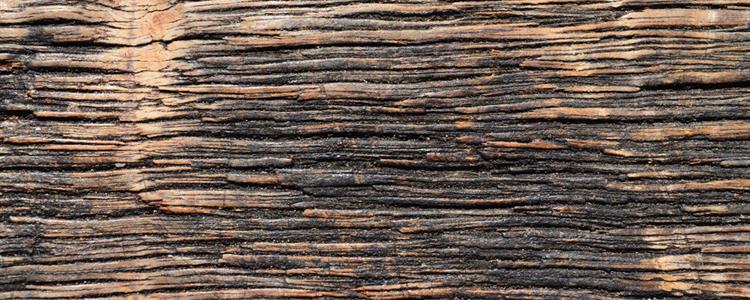You know the importance of checking things like roofing, foundations, and windows when buying a house. You know to be wary of properties that look like they have not been maintained very well by previous owners. How much do you know about wood rot?
Wood rot is something that can be hard to identify if you don't know what you're looking for. Worse yet, buying a house with significant wood rot damage can mean tens of thousands of pounds in future repairs. Buying a home with quite extensive wood rot is always a risk. We do not want our customers taking such risks, so below we have detailed two things to look for when buying a house.
Please note that we offer both wet and dry rot treatment if your home already has problems. We can likely prevent future damage if we can get to it quickly enough.
Check These 2 Things for Wood Rot Concerns
1. Damp, Musty Conditions
If you walk into a home and discover that it is damp and musty, there is immediate cause for concern. Such conditions are optimal for both mould and fungal growth. In terms of both dry and wet rot, you are looking for two particular kinds of fungus. The problem is that you might not be able to see the fungus without poking around a bit.
Dry rot is the result of one kind of fungus that can be especially ravaging to the wood used in the construction of our homes. Once it starts to grow, it can easily spread to surrounding timbers. That makes it easier to spot. As for wet rot, the fungi that produce it are more likely to remain confined to a much smaller, damp area, making it a bit harder to identify.
Also bear in mind that damp and musty conditions are attractive to woodworm. If you see many of what appear to be small bore holes in exposed timbers, there is a good chance woodworm is a present.
2. Bowed or Twisted Floors
Be concerned if you walk into a room and notice the floors are either bowed or twisted. Bowed and twisted flooring is a direct result of a lack of support from the timbers underneath. Those timbers are probably malformed themselves because of either excess moisture or the previously mentioned wet or dry rot.
A wet rot condition can be corrected by removing affected timbers and replacing them with new ones. A dry rot condition is a lot more serious in flooring timbers. Any suspicion that a floor is damaged by dry rot is a good reason to walk out of a house without considering an offer.
Wood rot is not always so serious that it would cause buyers to walk away from a house. But it is serious enough to at least get a professional opinion. If you're looking to buy a house this year, pay attention to damp conditions and floors that don't look right. Both could be signs of wood rot.

